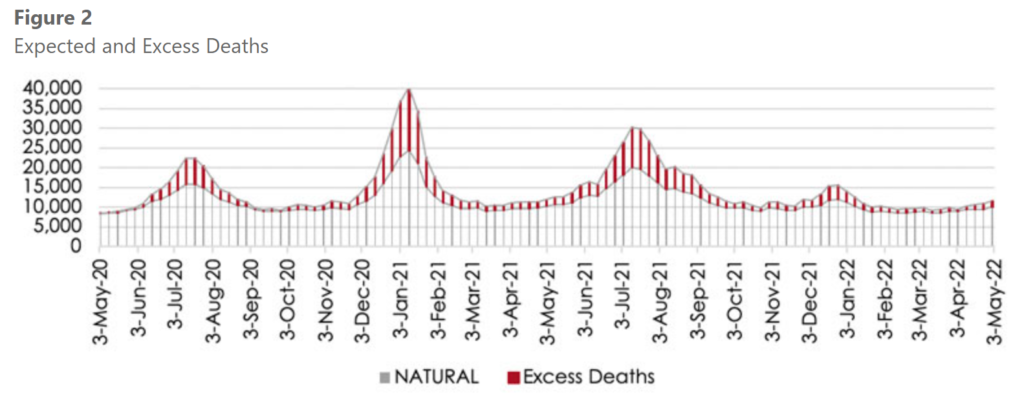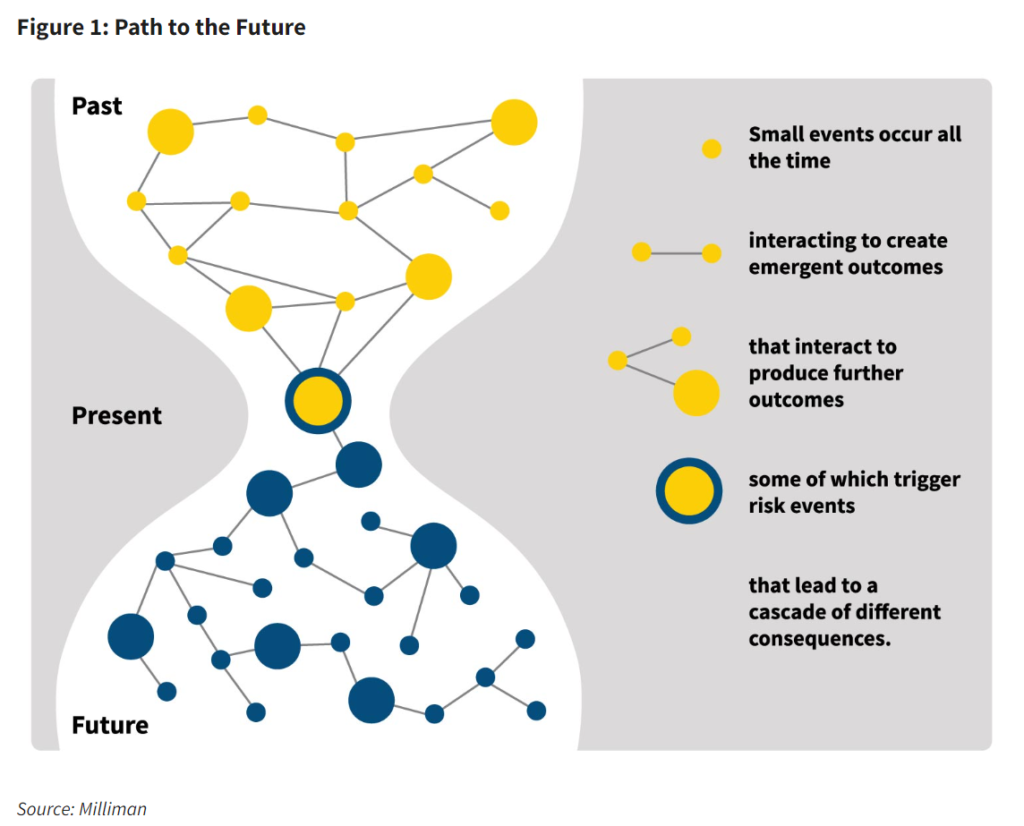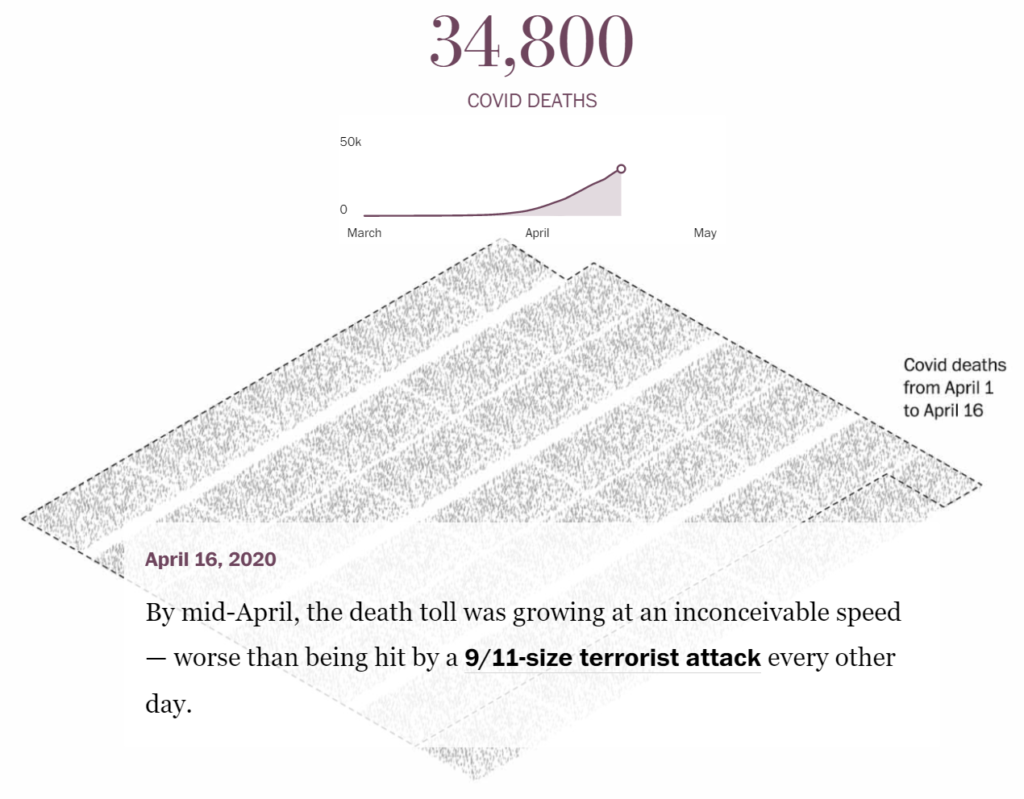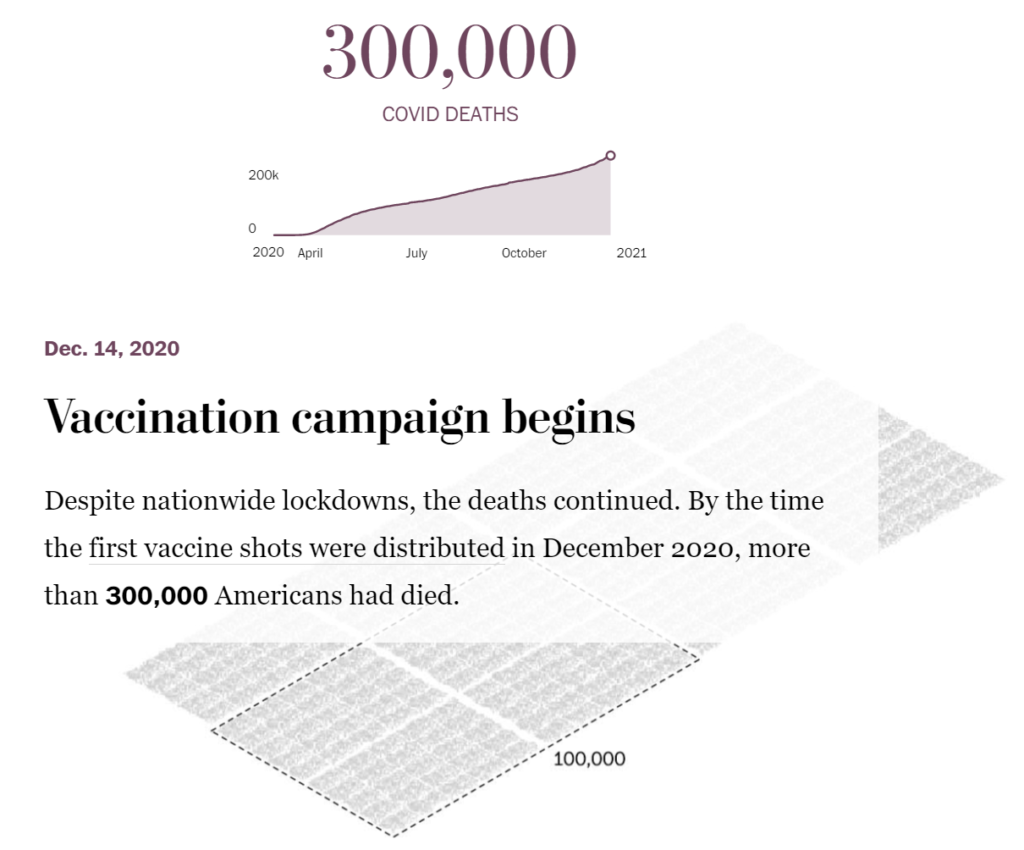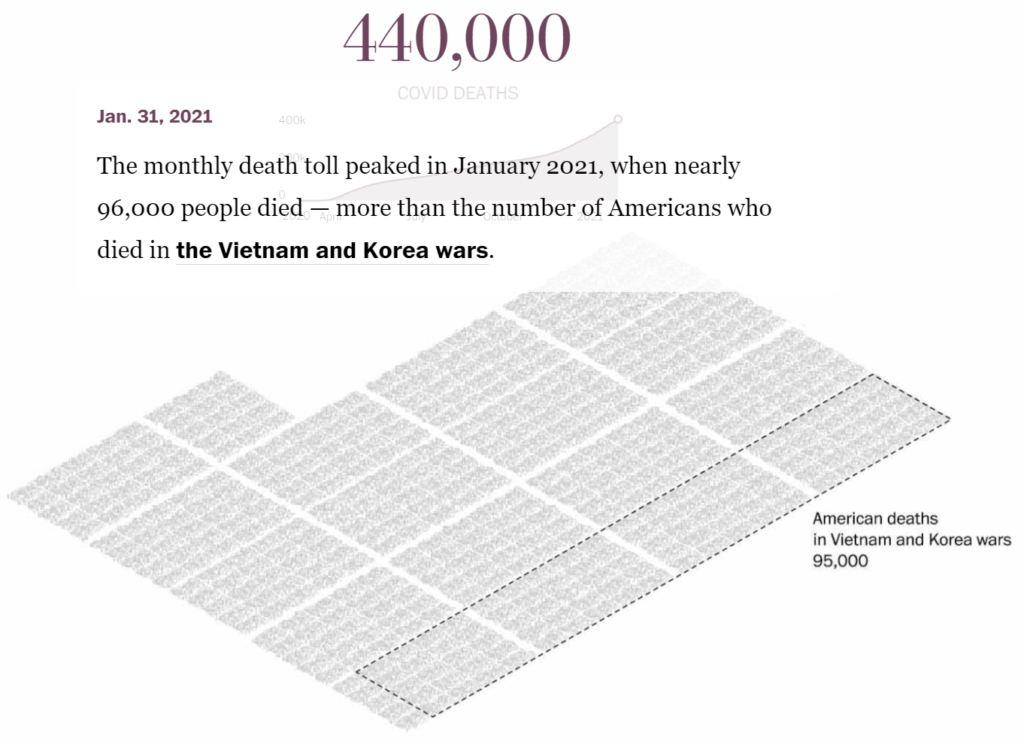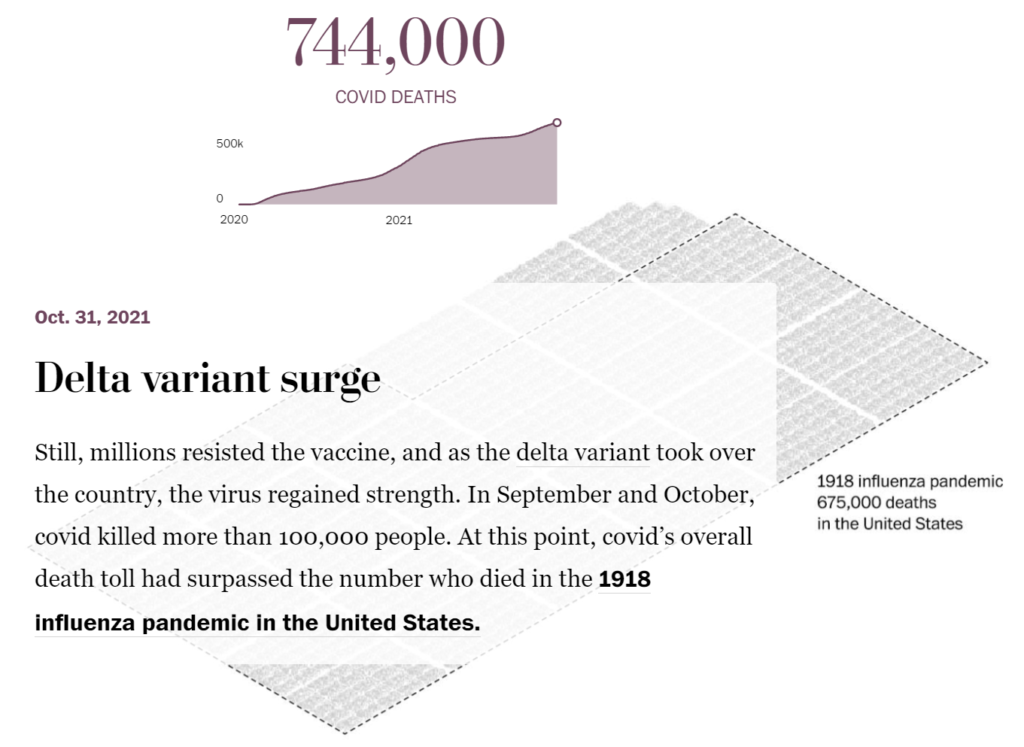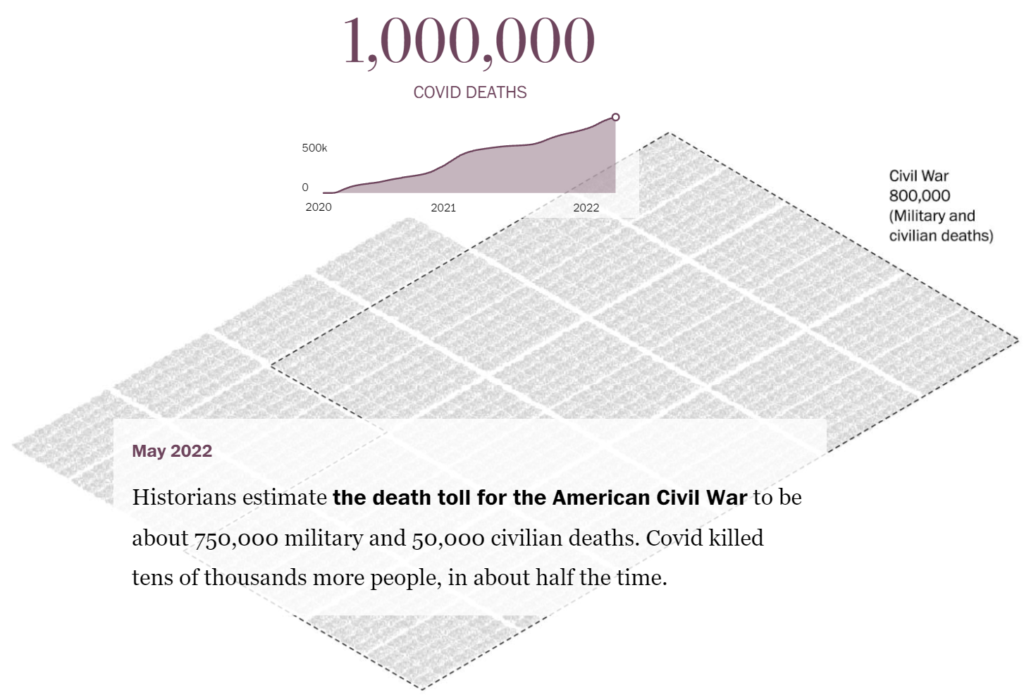Data download:
Graphic:
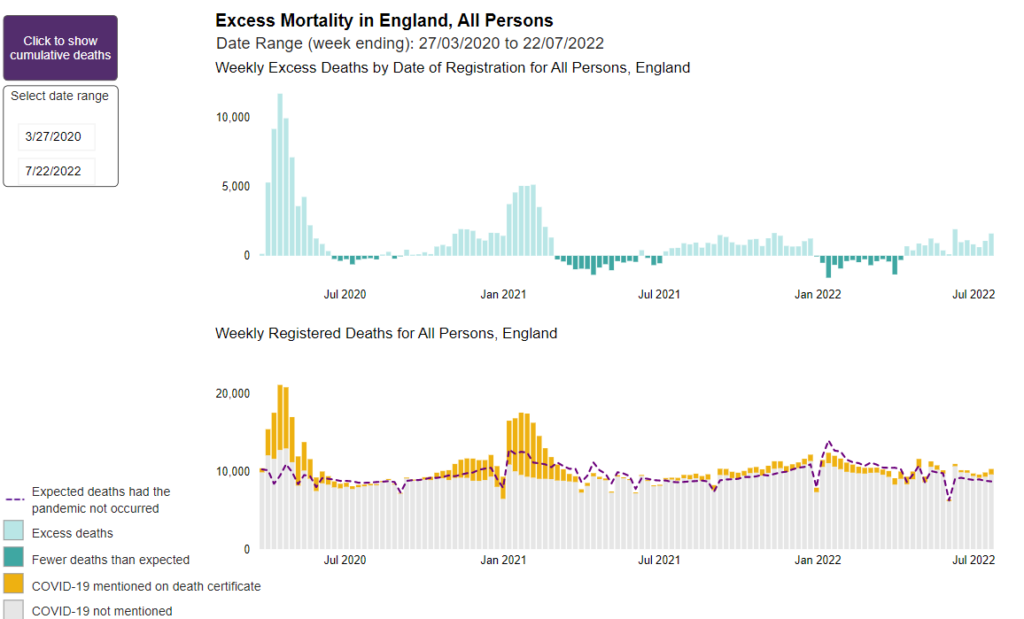
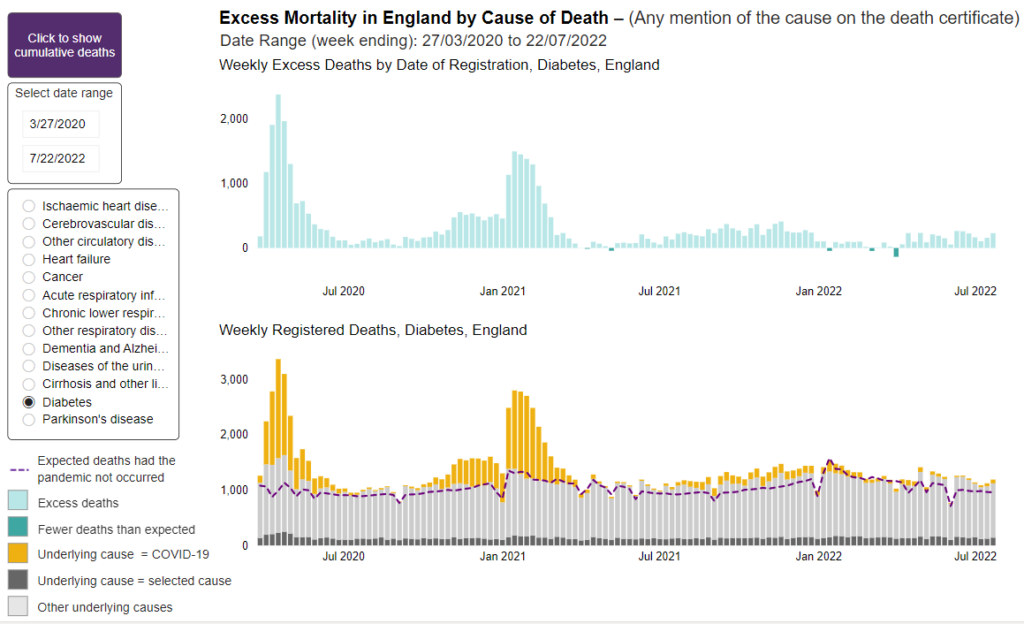
Excerpt:
The numbers of expected deaths are estimated using statistical models and based on previous 5 years’ (2015 to 2019) mortality rates. Weekly monitoring of excess mortality from all causes throughout the COVID-19 pandemic provides an objective and comparable measure of the scale of the pandemic [reference 1]. Measuring excess mortality from all causes, instead of focusing solely on mortality from COVID-19, overcomes the issues of variation in testing and differential coding of cause of death between individuals and over time [reference 1].
In the weekly reports, estimates of excess deaths are presented by week of registration at national and subnational level, for subgroups of the population (age groups, sex, deprivation groups, ethnic groups) and by cause of death and place of death.
Author(s): Office for Health Improvement and Disparities
Publication Date: accessed 10 Aug 2022
Publication Site: Public PowerBI dashboard
